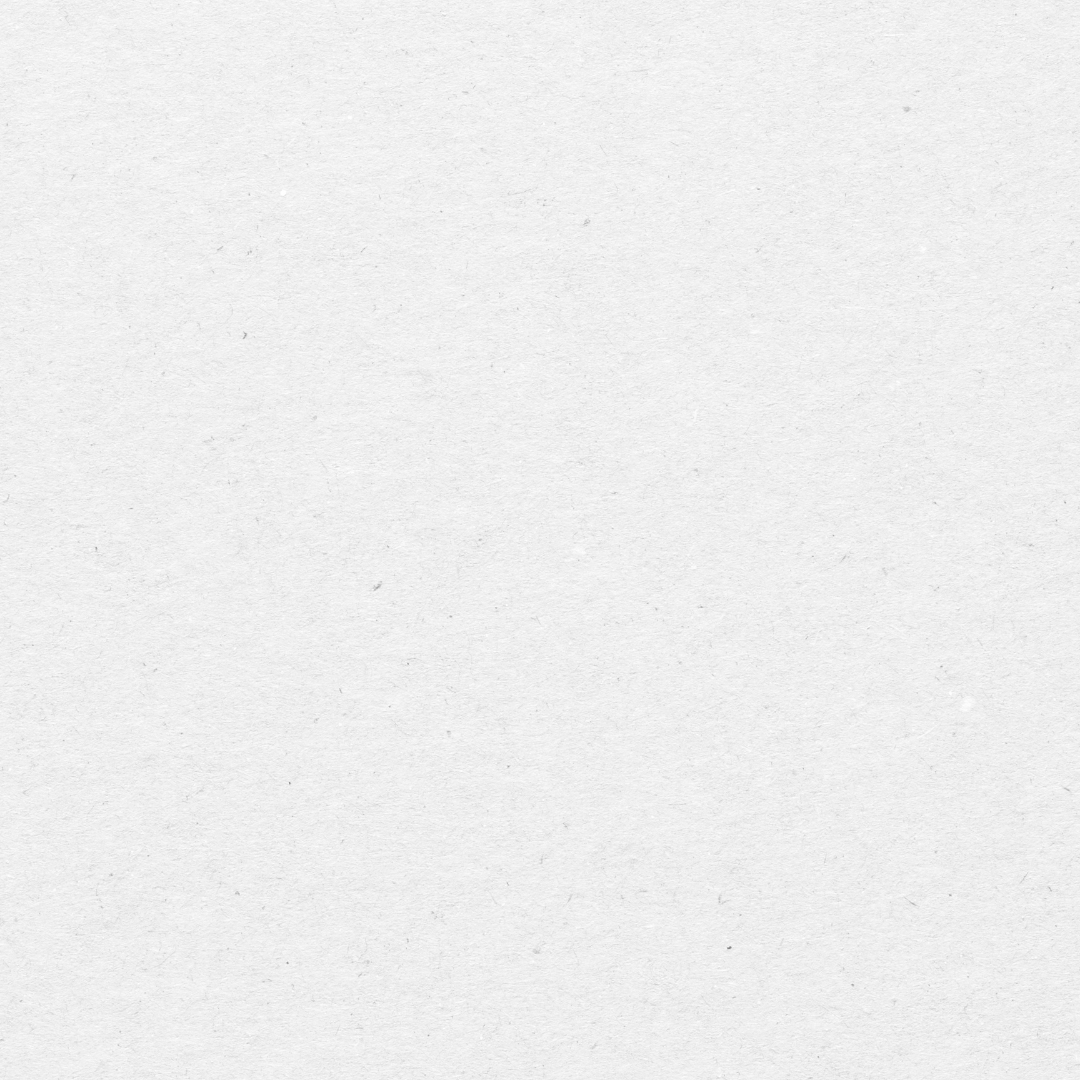画蛇添足
*The explanations on this page are generated by AI. Please note that they may contain inaccurate information.
1. Basic Information
- Pinyin: huà shé tiān zú
- English Translation: To add unnecessary details, to do something superfluous or redundant
- Idiom Composition: 「画」(To draw)
+ 「蛇」(Snake) + 「添」(To add) + 「足」(Legs) - Meaning: Originally means adding legs to a drawing of a snake, which naturally has none. Figuratively, it refers to doing something unnecessary that spoils or ruins the original matter.
2. Detailed Meaning and Nuances
「画蛇添足」 contains the following nuances:
- Unnecessary action: Refers to actions that are unnecessary and superfluous.
- Counterproductive effect: Indicates that doing something extra leads to worse outcomes.
- Wasted effort: Means that despite effort, the result is wasted or pointless.
- Undermining the essence: Suggests that adding unnecessary elements damages the original quality or essence.
3. Usage
「画蛇添足」 is mainly used in the following contexts:
- Advice or criticism: Used to advise or criticize someone who is about to do something unnecessary.
- Example:「你已经解释得很清楚了,再继续说下去就是画蛇添足了。」
(Your explanation is already clear enough; continuing further would be adding unnecessary details.)
- Example:「你已经解释得很清楚了,再继续说下去就是画蛇添足了。」
- Analyzing failure: Used when analyzing situations where unnecessary actions caused failure.
- Example:「他在比赛中领先,却在最后关头犯了一个低级错误,真是画蛇添足。」
(He was leading in the match but made a basic mistake at the last moment; it was truly adding unnecessary details.)
- Example:「他在比赛中领先,却在最后关头犯了一个低级错误,真是画蛇添足。」
- Self-reflection: Used when reflecting on one's own actions and realizing unnecessary things were done.
- Example:「这篇文章已经很完美了,我再修改就是画蛇添足。」
(This article is already perfect; if I revise it further, it would be adding unnecessary details.)
- Example:「这篇文章已经很完美了,我再修改就是画蛇添足。」
Additional Examples:
- 她已经很漂亮了,再化妆就显得画蛇添足。
(She is already beautiful; applying more makeup would be adding unnecessary details.) - 这个计划已经足够详细,你再添加内容就是画蛇添足。
(This plan is already detailed enough; adding more content would be adding unnecessary details.) - 本来简单的设计,被他一改反而变得复杂,真是画蛇添足。
(The design was originally simple, but after his changes, it became complicated; truly adding unnecessary details.) - 我本来想帮忙,结果却帮了倒忙,真是画蛇添足。
(I intended to help, but ended up making things worse; it was truly adding unnecessary details.) - 这个装饰品放在这里完全是画蛇添足,还不如不放。
(Placing this decoration here is completely adding unnecessary details; it would be better not to put it at all.)
4. Cultural Background and Notes
- The concept of 'Excess is as bad as deficiency': '画蛇添足' originates from the Chinese classic 'Strategies of the Warring States'. It reflects the idea that doing too much is as harmful as doing too little.
- The wisdom of 'Knowing when to stop': It expresses the idea that moderation is best and that overdoing things is undesirable.
5. Similar and Opposite Idioms
- Similar Idioms:
- 多此一举 (duō cǐ yì jǔ): To do something unnecessary or redundant.
- 弄巧成拙 (nòng qiǎo chéng zhuō): To spoil things by trying to be clever.
- Opposite Idioms:
- 恰到好处 (qià dào hǎo chù): Just right, appropriate.
6. Summary
'画蛇添足' is an idiom used not just for unnecessary actions, but specifically when such actions worsen a situation or undermine the original purpose. Understanding the Chinese concepts of 'Excess is as bad as deficiency' and 'Knowing when to stop' helps deepen comprehension and appropriate use of this idiom.
